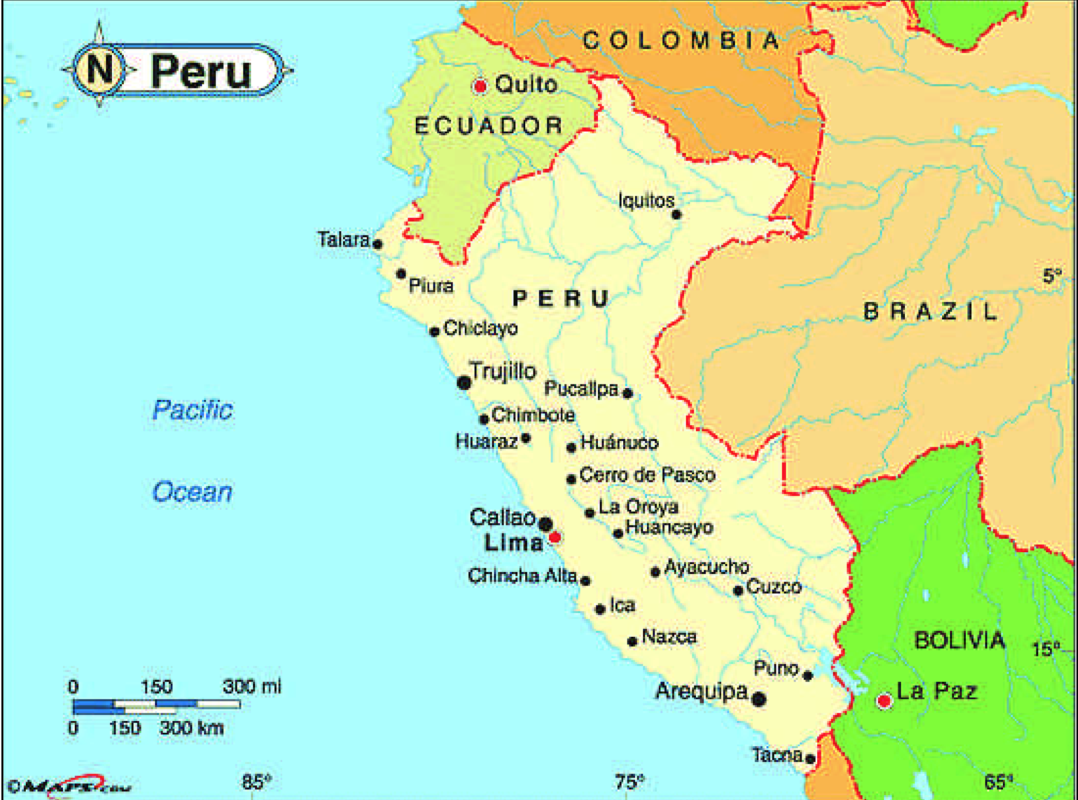
Contemporary Forms of Slavery in Peru
In 2000, a corruption scandal ended Alberto Fujimori’s third term as President and brought in a transitional government which ruled the country until Alejandro Toledo was elected to the Presidency in July 2001. Although the Toledo Administration took power following a recession, the country responded positively to the Government’s economic policy and social programmes that provided poor people with assistance during an economic downturn. However, by 2004 Toledo’s public approval had dropped following scandals involving his ministers and family members. In June 2006, former president Alan Garcia (from 1985-1990) was elected president in a run-off against nationalist former army officer Ollanta Humala. Mr. Garcia’s victory was in part due to the support of the middle classes and business community who were alienated from the strong leftist rhetoric of Ollanta Humala, coupled with overt support he received from President Hugo Chavez of Venezuela.
Poverty is heavily concentrated in rural areas, where more than two-thirds of the population is poor. Over half of rural Peruvians are considered extremely poor, living on less than US$1 a day. Poverty rates in the highlands and Amazon are nearly double that of coastal regions. More than half of the extremely poor population resides in the rural highlands, though it has less than a quarter of the national population.
Indigenous peoples comprise an estimated 15 per cent of the population, but have a poverty rate of 70 per cent.
To read the full report, please click here.
Anti-Slavery International is the world’s oldest international human rights organisation, and bases its work on the United Nations treaties against slavery campaigning for freedom from slavery for everyone, everywhere.
